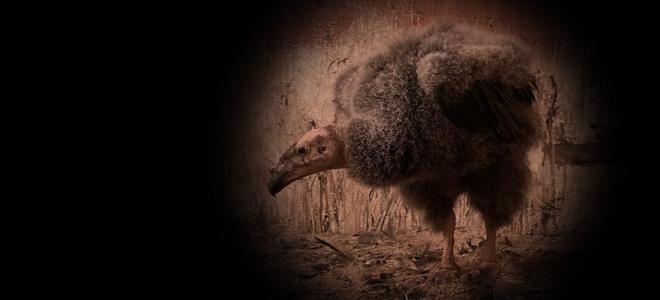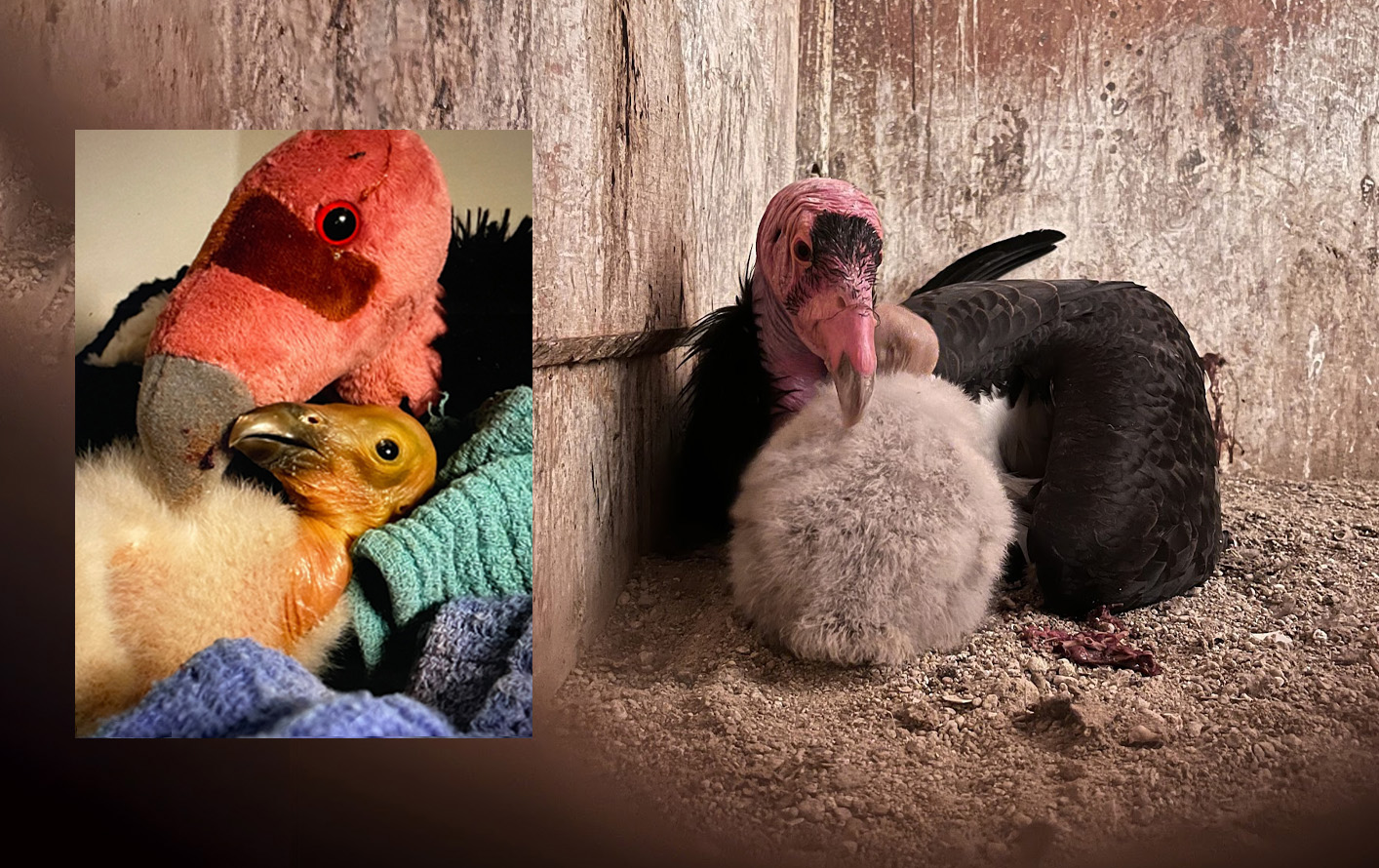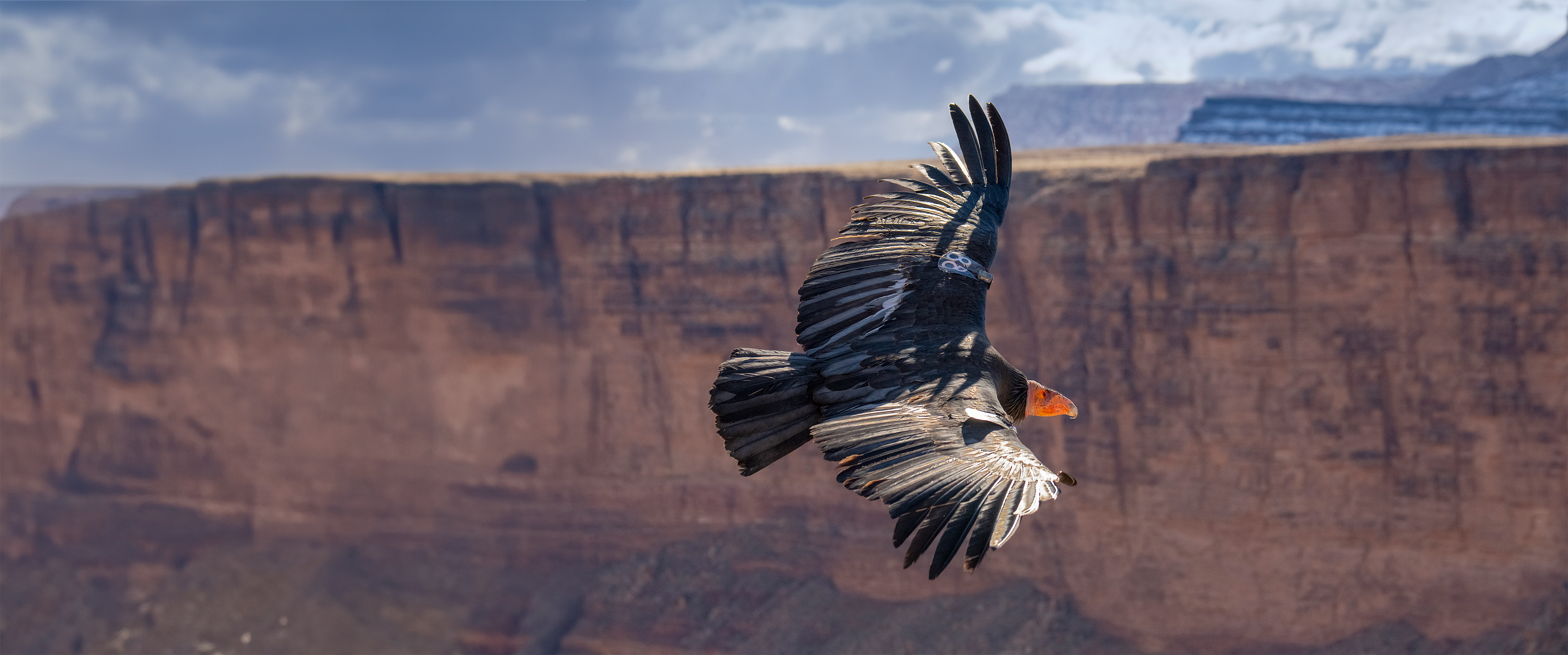They call me Milagra. It means “miracle” in Spanish.
My mother, California Condor 316, died of Highly Pathogenic Avian Influenza (HPAI) just after she laid me in our cliffside cave, high up in the red rocks of Arizona. My father, Condor 680, refused to leave me, doing his best to incubate me all by himself. But without my mother, and potentially sick himself, my father’s chances of successfully hatching me were bleak.
That’s when the California Condor field team at The Peregrine Fund stepped in. On April 17, when my father made a rare journey outside our nest, they scooped me up — inside my fragile shell — and transferred me to safety in a field incubator.
Nobody thought I would make it. But when they shined a bright light into my egg, I jumped!
We are a resilient species, the California Condor. Not many years ago, in 1982 (just 20 years before my mother was born), we came back from the brink of extinction. But like all of us on this planet, we cannot do it alone.
Biologists at The Peregrine Fund transferred me to Liberty Wildlife Rehabilitation Center where the team there cared for me when my parents could not. They helped me hatch out of my softball-sized egg—using surgical pliers!—and emerge into this big, beautiful world. They called me Milagra, because the odds were really stacked against my survival.
Without love, the world can be a scary place. But I was lucky to be placed with two adoptive parents in Boise—Condors 27 and 59. They raised me as their own, helping me to learn what it means to be a California Condor. In Condor School with the other nestlings, I learn how to eat communally, how to strengthen my flight muscles, and how to get along with other birds.
One day soon, I will leave the wonderful folks at The Peregrine Fund to return to the wild where I hope to join my new flock in Arizona. I hope you will look up into the sky one day and see me, soaring overhead, my 9-foot wingspan outstretched, and remember that it’s the dedication, perseverance, and hope of places like The Peregrine Fund that save species—will you help them continue their critical work?
Thank you for your support of The Peregrine Fund!
— Condor 1221 (Milagra)
A note from The Peregrine Fund:
While we try not to anthropomorphize the wildlife we work with—a norm you can appreciate again and again through our commitment to science, our respect for species, and our labeling of our birds in numbers, not names—sometimes there are exceptions.
Amazing things sometimes happen! And in the case of Condor 1221, we think that the story of Milagra is one worth telling.
Hope transforms and connects us. And boots on the ground make conservation happen! We hope you will join us and help us to make more stories like Milagra’s possible.









